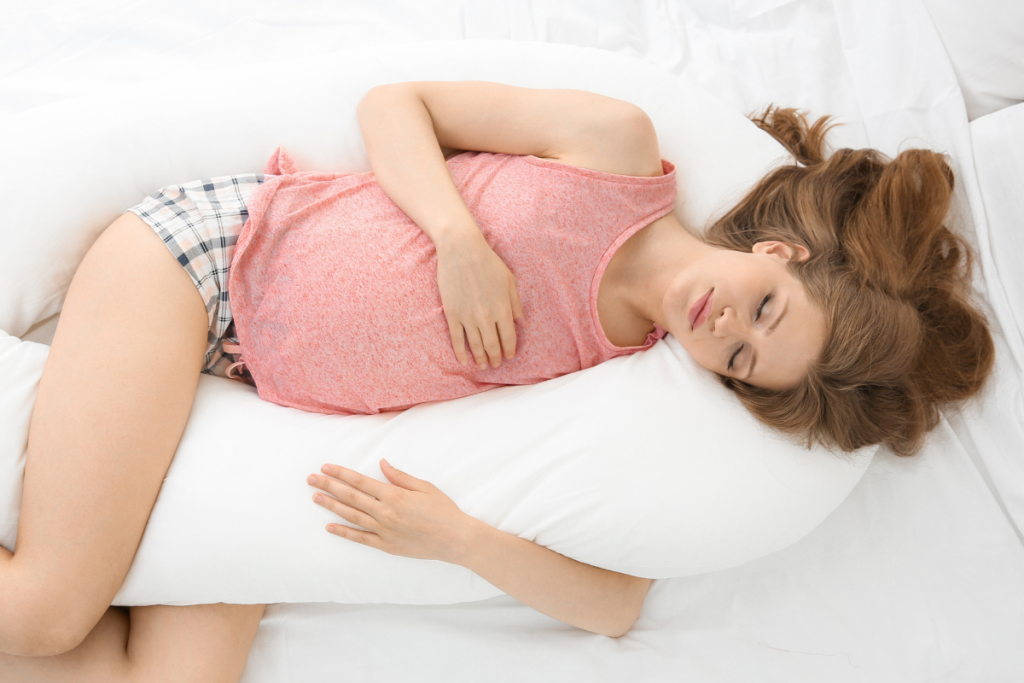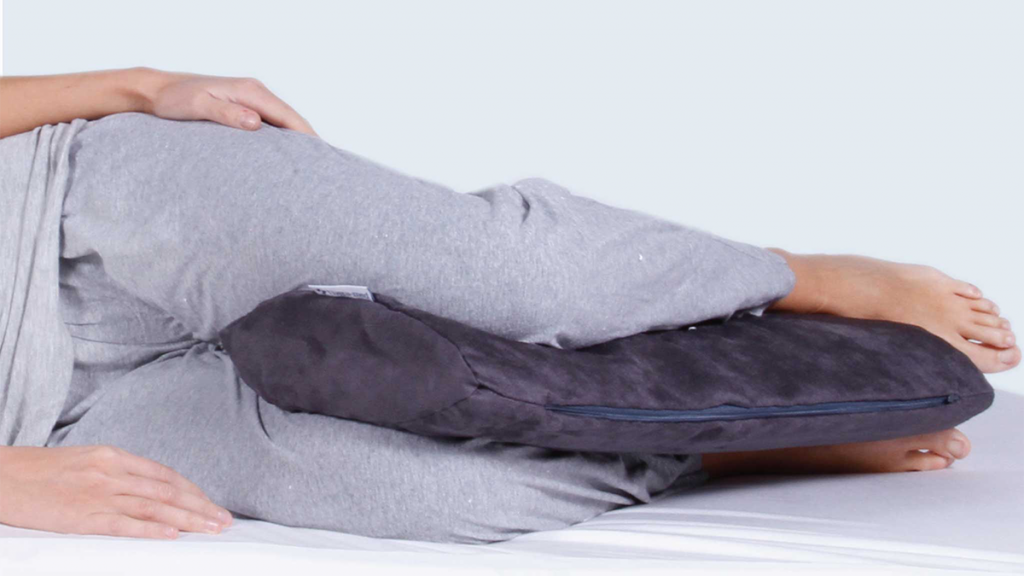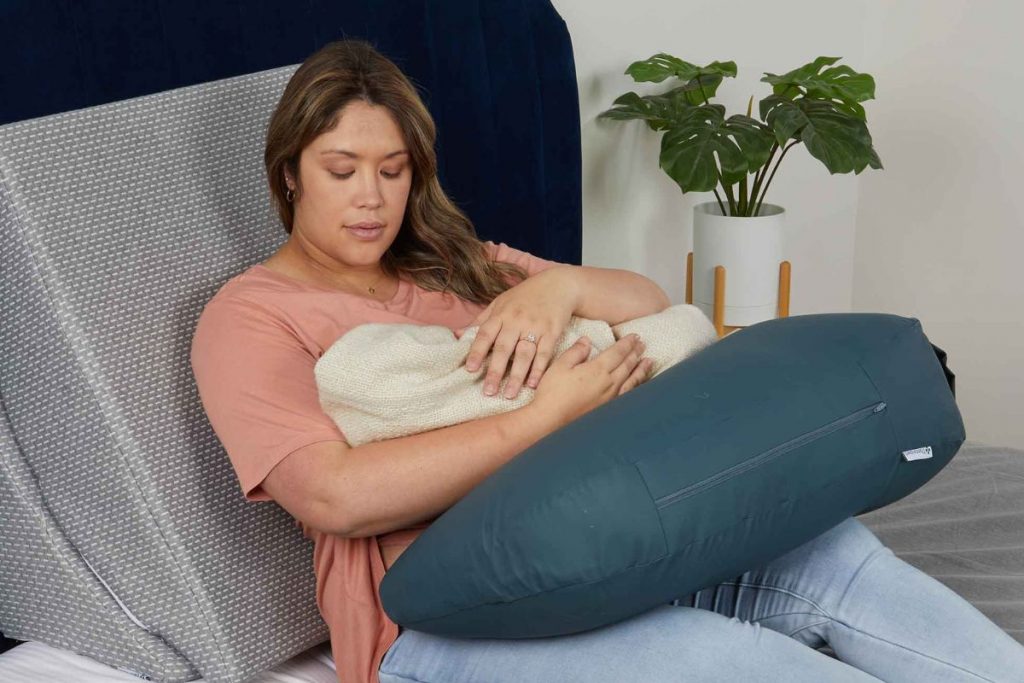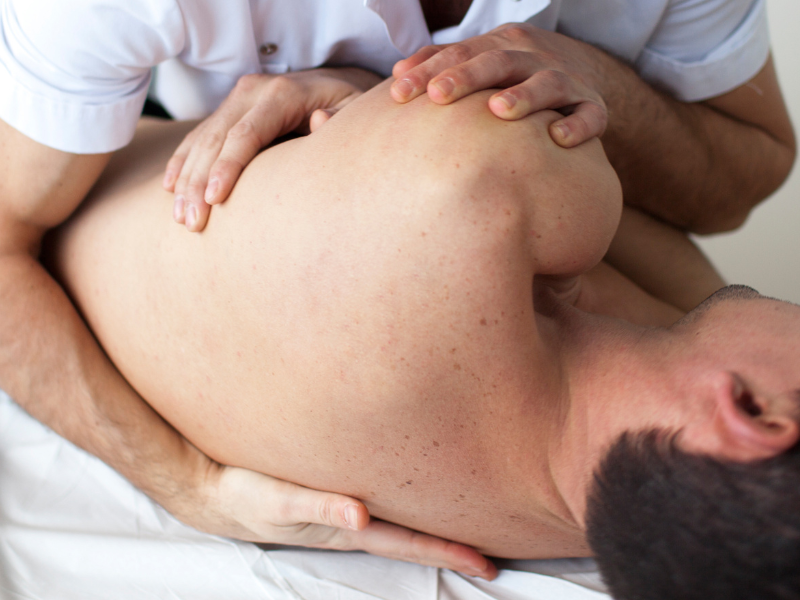Stillbirth is a devastating event for any expecting family, affecting around 1 in every 160 pregnancies in the UK alone.
The causes of stillbirths are often complex, with multiple contributing factors. In recent years, studies have begun to focus on the potential relationship between maternal sleeping positions and the risk of stillbirth.
In this blog post, we will delve into the latest research to better understand this connection and provide helpful insights for expectant mothers and their families.
The Science Behind Sleeping Positions and Stillbirth
Several studies have explored the possible link between maternal sleep position and the risk of stillbirth. The key findings from these studies are outlined below:
- The Auckland Stillbirth Study (2011)
This New Zealand-based study was one of the first to examine the association between maternal sleep position and the risk of late stillbirth (pregnancy loss at or after 28 weeks). The study found that women who slept on their backs during the third trimester had a 2.54 times higher risk of late stillbirth compared to those who slept on their left side.
The researchers hypothesized that sleeping on the back could restrict blood flow to the placenta, leading to decreased oxygen and nutrient supply to the foetus, thus increasing the risk of stillbirth. However, it is important to note that this was an observational study and could not establish a direct causal relationship.

- The Midlands and North of England Stillbirth Study (MiNESS) (2017)
This UK-based study further investigated the association between maternal sleep position and late stillbirth. The results were consistent with the Auckland study, showing that mothers who slept on their backs had a 2.3 times higher risk of late stillbirth compared to those who slept on their sides.
The MiNESS study also found that the risk of stillbirth was not increased for women who changed their sleep position during the night, as long as they started on their side. This suggests that adopting a side-sleeping position, particularly during the third trimester, could be beneficial in reducing the risk of stillbirth.
- The Sydney Stillbirth Study (2018)
This Australian study examined the association between maternal sleep practices and late stillbirth, including sleep position, sleep duration, and daytime napping. The study found no significant association between sleep position and stillbirth risk. However, the researchers noted that their findings were based on a small sample size, and larger studies would be needed to confirm these results.
Key Takeaways and Practical Recommendations
Based on the current body of evidence, it appears that there may be a link between maternal sleep position, particularly sleeping on the back and an increased risk of stillbirth. However, more research is needed to fully understand this relationship and establish causation.
In the meantime, healthcare professionals and organisations like Tommy's and the NHS in the UK recommend that pregnant women adopt a side-sleeping position during the third trimester, as a precautionary measure.

Here are some practical tips for expectant mothers to help maintain a side-sleeping position:
- Use pillows: Placing a pillow behind your back or between your knees can help you maintain a comfortable side-sleeping position throughout the night.
- Start on your side: Even if you change positions during the night, starting on your side can reduce the risk of spending prolonged periods on your back.
- Establish a bedtime routine: Creating a consistent bedtime routine can help train your body to sleep in a particular position. This may include relaxation techniques, such as deep breathing or mindfulness exercises, to help you drift off to sleep on your side.
- Don't stress: If you wake up on your back, don't panic. Simply turn back onto your side and try
Do you want to learn more? Read our Frequently Asked Questions for...
Yes, firm pillows can be beneficial for side sleepers. When you sleep on your side, your head and neck need proper support to maintain alignment with your spine. Firm pillows provide the necessary support to keep your head and neck in a neutral position, reducing the risk of discomfort or pain. They help prevent your head from sinking too far into the pillow, which can strain your neck muscles. Additionally, firm pillows can help alleviate pressure points and promote better spinal alignment, allowing for a more comfortable and restful sleep. However, it's important to note that the ideal pillow firmness may vary from person to person, so it's always a good idea to try different options to find the one that suits your individual needs and preferences.
 1
1 0
0The sleeping position during early pregnancy can have an impact on both the mother's comfort and the baby's well-being. It is generally recommended for pregnant women to sleep on their left side. This position helps improve blood circulation to the placenta and allows for better oxygen and nutrient flow to the baby. Sleeping on the left side also helps relieve pressure on the liver and reduces the risk of developing swelling in the legs, ankles, and feet. However, it is important to note that finding a comfortable sleeping position is crucial, so if sleeping on the left side becomes uncomfortable, it is acceptable to switch to the right side or try using pillows for support.
On the other hand, sleeping on the back should be avoided during pregnancy, especially in the later stages. This position can put pressure on the inferior vena cava, a major vein that carries blood from the lower body to the heart. This pressure can lead to dizziness, low blood pressure, and reduced blood flow to the baby. It may also cause backaches, hemorrhoids, and digestive issues for the mother. Therefore, it is advisable to prioritize sleeping on the left side while pregnant, but ultimately, finding a comfortable position that allows for a good night's sleep is essential for both the mother's and the baby's well-being.
 0
0 0
0Start with a semi-side position, establish a bedtime routine, and consider using physical barriers like low-profile bed wedges to prevent rolling onto your stomach.
 0
0 0
0A softer bed can contour to the body's shape, but if it's too soft, it can misalign the spine. Balance is key.
 0
0 0
0It varies based on personal preference, but the key is to maintain proper spinal alignment. A mattress that prevents your abdomen from sinking too much is generally a good choice.
 0
0 0
0








